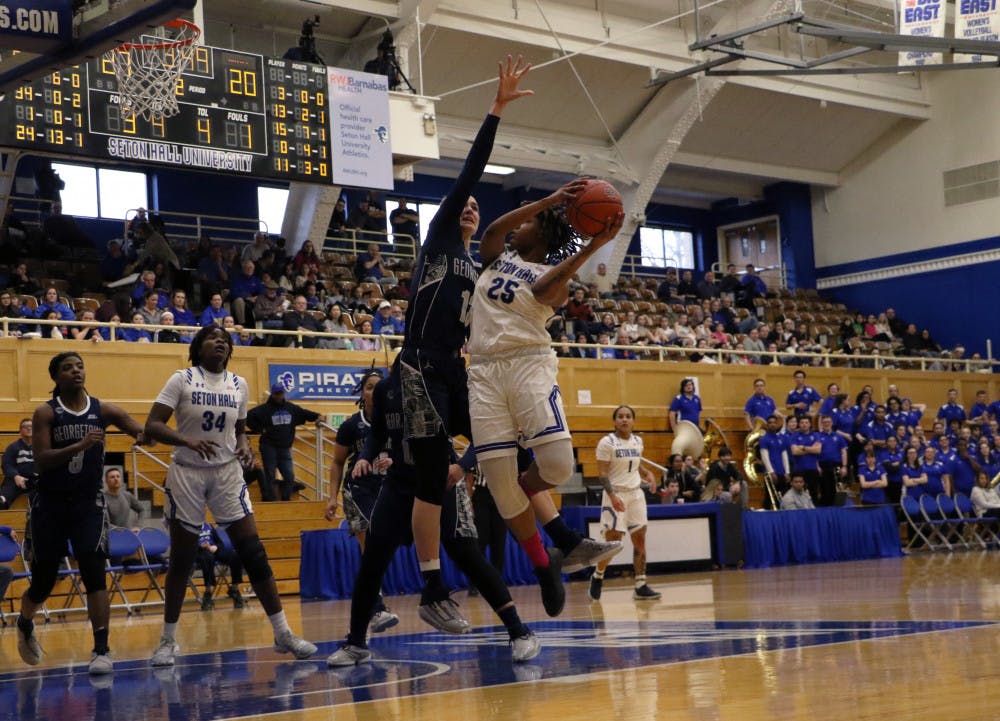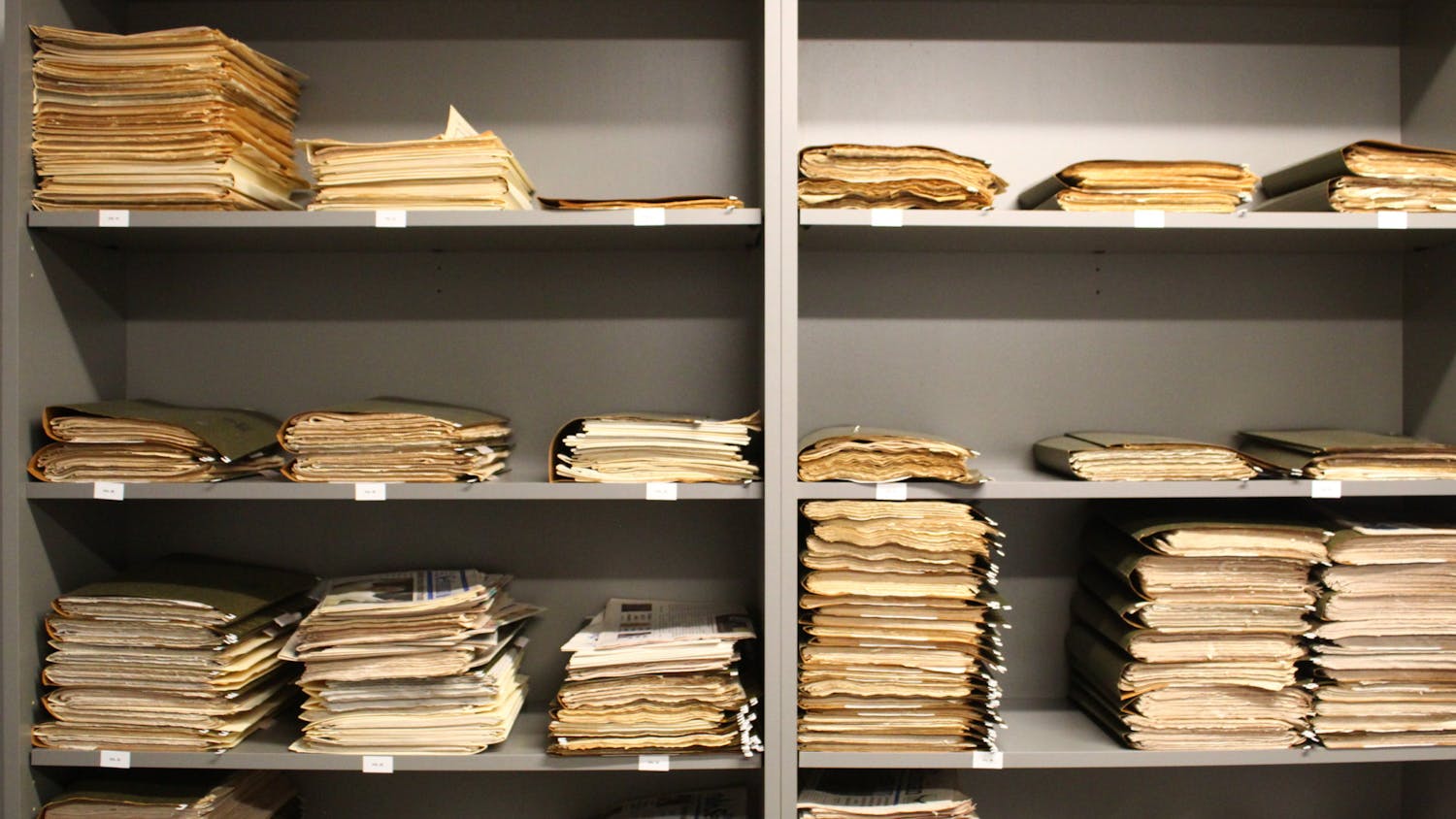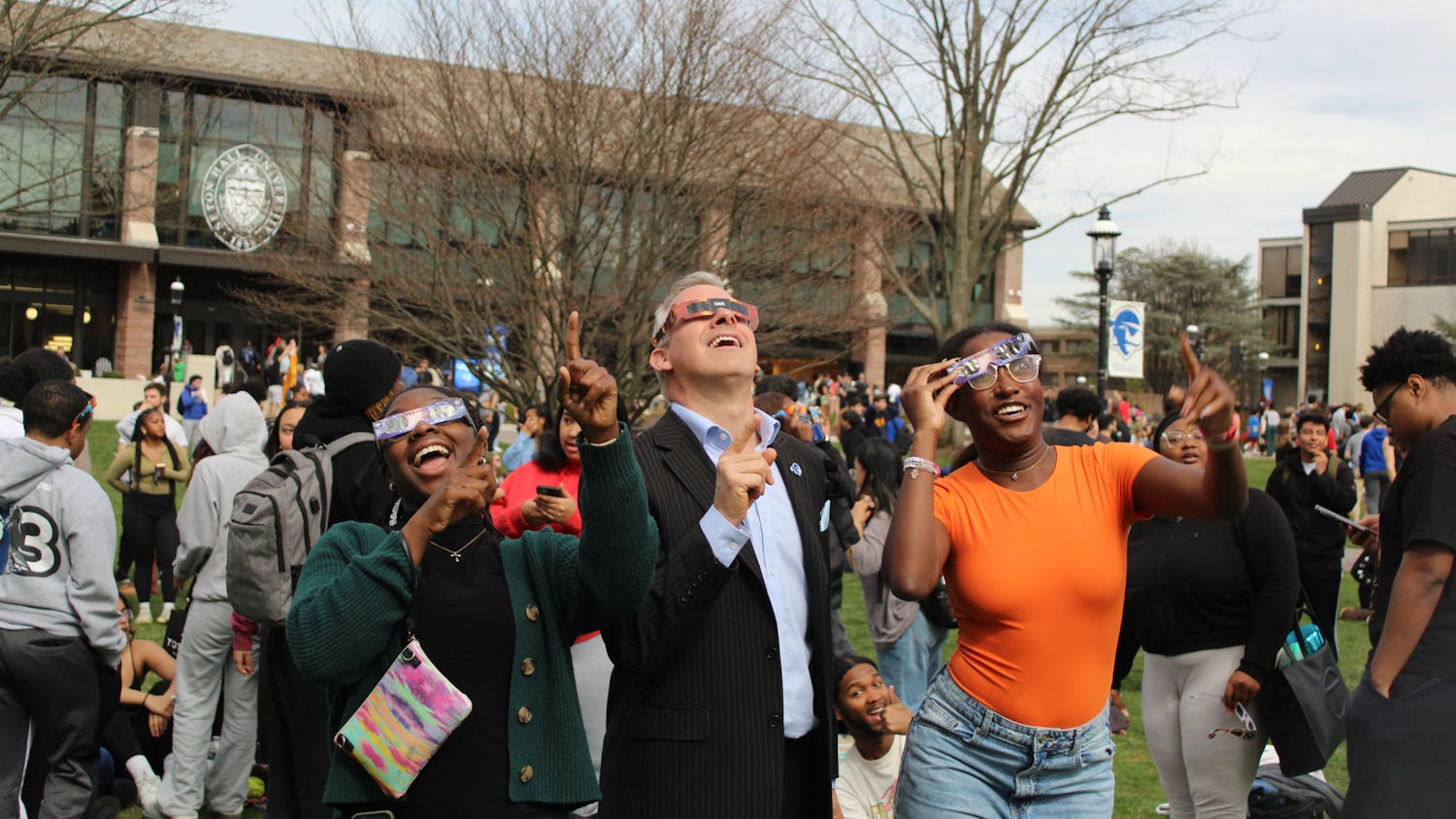Recent surveys suggest that women outnumber men on American college campuses, and that this gap has been growing since the 1970s.
In a survey conducted in 2012 by the U.S. Census Bureau, 71 percent of female students enrolled in a college or university after high school, while only 61 percent of their male counterparts did the same. According to the Pew Research Center, which analyzed the data, the percentage of male enrollment has not changed since the census in 1994. On the other hand, only 63 percent of female students enrolled after high school in 1994, and that number has steadily grown since then.
At Ivy League colleges, the gender gap is a little smaller, and some campuses have more male students than female. According to Brown University, its class of 2015 is 51 percent female and 49 percent male. At Cornell University, the ratio is reversed, with 49.8 percent of the Class of 2015 being female, and 50.2 percent male. Similarly, Princeton’s Class of 2015 is 50.7 percent male and 49.3 percent female.
Seton Hall University’s 5,500 undergraduate student population is 59 percent female and 41 percent male, according the Office of Admissions.
“I’m an education major, and there is never more than two guys in a class,” said Emily Lopez, a senior.
Even in Lopez’s other classes, she has noticed a difference.
“I still see in my history classes that there are more girls than guys.”
According to Kristen Drake, a junior chemistry major, the gap is just as noticeable in the Science Department.
“In my physics class there was only about seven girls out of a total of about 40 students, but that was the only class, out of my three years here, that I noticed a big difference,” said Drake. “I feel like there are just more girls in my classes in general.”
Megan Chase, a junior studying business and sports management, says that her classes are the opposite.
“Overall I think there are more guys in my classes. My business classes are usually half and half, but there are definitely more guys in my sports management classes.”
In “The New Math on Campus,” a 2010 article from the New York Times by Alex Williams, the American Council on Education gave some theories as to why this gap might exist. They mention everything from women having higher grades, to the possibility that enrollment among older students could be biased in favor of older men.
Corey Kientz, a senior biochemistry major, thinks the gender gap is related to the recent push for women in science fields.
“A lot of the girls I meet in class are there to study how to become a physician’s assistants or a nurse,” fields Kientz describes as being more female dominated professions.
In the New York Times article, Williams also spoke with professor W. Keith Campbell of The University of Georgia, who said that, because of the gap, men can control the dating scene.
“In this way some colleges mirror retirement communities, where women often find that the reward for outliving their husbands is competing with other widows for the attentions of the few surviving bachelors,” said Williams.
“In my experience at Seton Hall,” said Chase “I feel like it’s more common to see girls competing for guys than guys competing for girls.”
Elena Vitullo can be reached at elena.vitullo@student.shu.edu.





